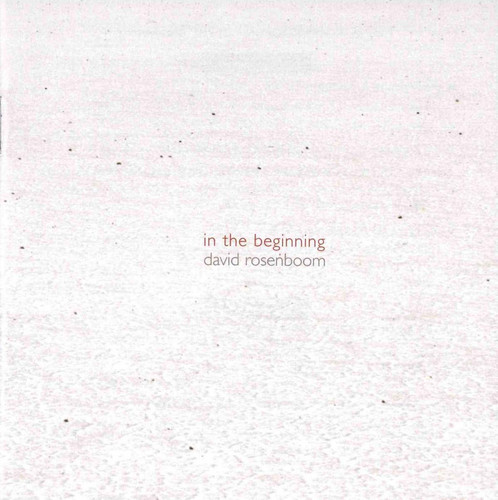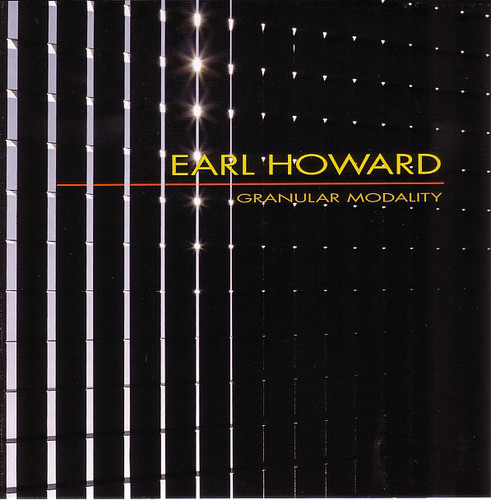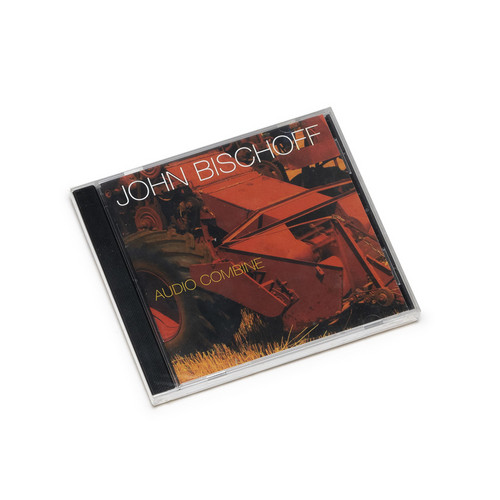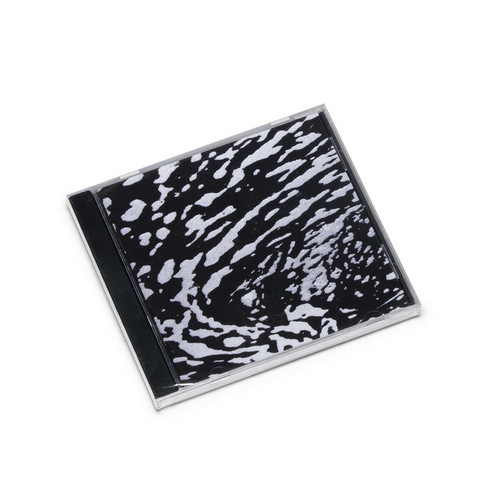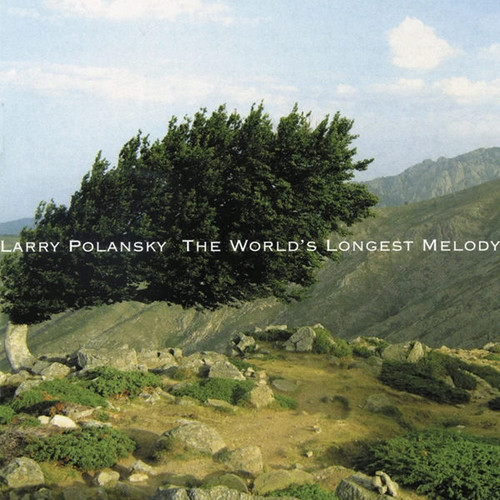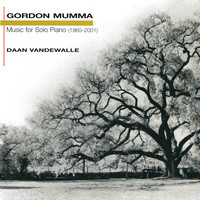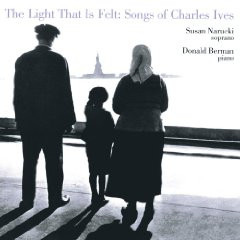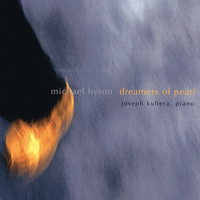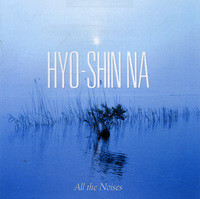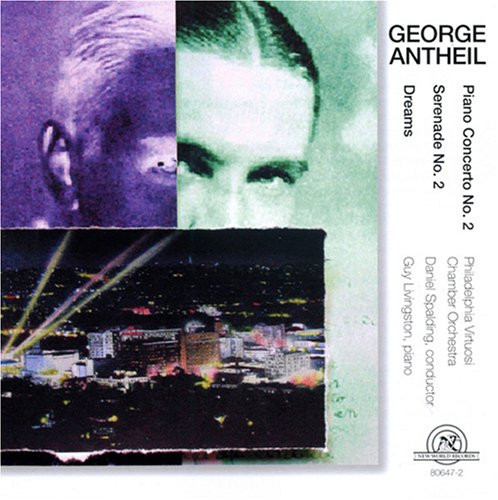★New World Records
In the Beginning
David Rosenboom (b. 1947) is a composer/performer known as a pioneer in American experimental music. This series of eight works, created between 1978 and 1981 and presented on these discs in chronological order of their composition, demonstrates a remarkable extension of Rosenboom’s techniques from his …Plymouth Rock… series of 1969–71 using the harmonic and sub-harmonic series. The In the Beginning series exemplifies the idea of model-building as a compositional process. A simple process …
Granular Modality
In many respects Earl Howard’s (b. 1951) music is an anomaly that resists categorization and the seductiveness of genre. He is an important force in improvised music and yet his work employs complex structures and rigorous transitions of sound and texture. His electro-acoustic music is realized with a K-2600 Kurzweil that for Howard is not merely a keyboard synthesizer but an open system, a computer with a most effective interface with modules and a key map that enable more freedom in the compos…
Lejaren Hiller: A Total Matrix of Possibilities
Lejaren Hiller (1924-1994) was a musically eclectic composer, often combining several different types of techniques in the same piece. In the mid-sixties, he asserted that his "objective in composing music by means of computer programming is not the immediate realization of an aesthetic unity, but the providing and evaluating of techniques whereby this goal can eventually be realized." In this sense Hiller was a forward-looking composer, in that each piece was an experiment that lead towa…
On Procedural Grounds
n his compositions, composer/performer Kyle Bruckmann seeks to integrate rigor and internal logic with raw immediacy while fully engaging his fellow performers as not simply dutiful interpreters, but creatively invested collaborators. Aesthetically, the results evoke much from European modernism, but realized via idiosyncratic modular forms and process-oriented strategies equally indebted to the New York School and the jazz avant-garde. On Procedural Grounds (2010) is a half-hour work conc…
Audio Combine
restocked: The music comprising John Bischoff’s new CD ‘Audio Combine’, just released on New World Records, is beautiful, fascinating, thoroughly enjoyable. Philip Perkins’s engineering and production values are superb.The five tracks on the disc are diverse, representing Bischoff compositions from 2004 to mid-2011. The third track ‘Local Color’ evokes traditional chinese zhong bells, but also especially calls into question the ‘who’ of music performance [in asmuch as some of the bells are compu…
'Waves breaking on rocks
Peter Garland (b. 1952) studied with Harold Budd and James Tenney at Cal Arts and had long student-mentor friendships with Lou Harrison, Conlon Nancarrow, Paul Bowles and Dane Rudhyar. Like Harrison, Garland has forged his own musical vocabulary as a kind of new indigenous music, celebrating pan-cultural experience and vision, and unafraid to suggest that music can still give us a glimpse of that which is sacred. Waves Breaking on Rocks (Elegy for All of Us) (2003) is a suite of elegies that was…
Iconicities
3 amazing pieces for Percussion and Live Electronics by Chris Brown’s (b. 1953) whose music has evolved within the intersections of many different traditions and styles. Following early training as a classical pianist, he was influenced by studies of Indonesian, Indian, Afro-American, and Cuban musics, and then took off on branches provided by the American Experimentalists in inventing and building a personal electronic instrumentation. Collaboration and improvisation have been primary in …
The World's Longest Melody
The World’s Longest Melody is a collection of experimental music written for the guitar by composer/guitarist Larry Polansky (b 1954). The guitar has long been an important component in Polansky’s musical explorations, and this CD has grown from the enthusiasm for his work by the musicians of the Belgian electric guitar quartet ZWERM.
The acoustic and electric guitar are featured both solo and in small and large combinations; a few pieces not originally conceived for the instrument are also pre…
How much better if Plymouth rock had landed on the pilgrims
David Rosenboom (b. 1947) has been widely acclaimed as an innovator in American experimental music since the 1960s. Although much of his work has been collaborative, virtually none of his large-scale collaborative works has hitherto been documented on record. How Much Better If Plymouth Rock Had Landed on the Pilgrims (1969-71) is considered to be one of the most important, prompting the following Washington Post review after a 1970 performance: 'If there were a device whereby one could plug int…
The theory of impossible melody
Jody Diamond, Chris Mann, voice; Phil Burk and Larry Polansky, live computers; Larry Polansky, fretless electric guitars; Robin Hayward, tubas. Among the lineages of knowledge that Larry Polansky (b. 1954) has woven together in his creative work, as both a composer and theorist, have been mathematics, intonation theory, cybernetics, systems theory, artificial intelligence, musicology (both Western and non-Western), American Sign Language, and Jewish mysticism. He has combined these and many othe…
Music For Solo Piano (1960-2001)
Performed by Daan Vandewalle, piano. "Gordon Mumma (b. 1935) is best known for his pioneering role in the development and evolution of electronic and live-electronic music. The piano has played a significant if underestimated role in his career. With a few notable exceptions, this collection by pianist Daan Vandewalle marks the first commercial recordings of Mumma's music for solo piano composed over more than forty years. It provides an important new perspective on his work as a composer. The s…
The light that is felt-Songs of Charles Ives
Charles Ives composed nearly 200 songs throughout his life. Wiley Hitchcock, in the thorough introduction to his 2004 critical edition 129 Songs, described the Ives song canon as the contents of a kind of scrapbook or commonplace book or chapbook, or even a desk drawer. Into such a receptacle Ives tossed irregularly, if not casually, his reactions Ñin the form of songsÑto memories, personalities, places, events, discoveries, ideas, visions, and fantasies in his life.' Whether popular tale or per…
Dreamers of Pearl
Joseph Kubera, piano. Michael Byron (b. 1953) was a pupil of James Tenney, and later, of Richard Teitelbaum. The body of music he has composed over the past thirty years has been harmonically rich, rhythmically detailed, and increasingly virtuosic. Dreamers of Pearl (2004-05) evinces a sensitivity for the sound of the piano, a sensibility of extended playing-listening, and an interest in repetition and change through gradual and seemingly clandestine processes that transform and extend what we h…
a sounding of sources
Malcolm Goldstein has been labeled an “improviser” and a “composer-violinist” (or merely a violinist). What this CD once and for all shows is that he is indeed those things, but encompassing them all is the fact that, profoundly, he is a composer. As he points out, “At the core of Baroque music was the integration of composition and improvisation,” and Goldstein brings the perspective and focus of a seasoned performer to this undertaking. In this way his music represents a further evolution of t…
Hyo- shin Na: All the Noises
Ocean/Shore 2 (2003) is one of a series that are studies on the use of diverse materials and on the coexistence, within a piece of music, of various instruments. As in the meeting and interaction of water and land, these instruments can have fundamentally very different characters (piri and violin, or clarinet and cello), yet shouldn’t lose their basic nature in the interests of harmony, or even beauty. On first hearing, one might consider All the Noises in the World (2006) to be a piece of trad…
Music For Keyboard 1935-1948 / The Early Years
This double-CD set combines two of the key titles of Columbia Records's
legendary "Music of Our Time" series curated by David Behrman. Jeanne
Kirstein's recording of Cage's early keyboard works remains a touchstone
of Cagean interpretation notwithstanding the passage of time. Christian
Wolff recalls, "I remember Cage saying that Jeanne Kirstein's playing
caught the spirit in which the pieces were written at the time he wrote
them-a kind of simple excitement and enthusiasm (also, surely, ou…
Earle Brown: Selected Works 1952- 1965
This long-awaited reissue of the CRI recording of Earle Brown’s (1926–2002) music is the best overview of his seminal early works. “It is obviously a great pleasure for me that Cri is re-releasing its 1974 recording of my work, and an even greater pleasure that I am able to add to the repertoire. The performance of Times Five and Novara still seem very fine representations of the works and are performed brilliantly by the Dutch musicians. December 1952 as realized by the late, brilliant pianist …
George Antheil: Piano Concerto No. 2
The Piano Concerto No. 2 is an experiment in classical form. The work contains the same sudden juxtapositions and abrupt contrasts of mood as his futurist music. But the excesses of his recent Ballet mécanique are compensated for by an almost spare, baroque orchestration and motifs that draw on Bach as much as on Stravinsky. In three movements, Antheil employs a more restrained but still exuberant style. The beautifully meditative slow movement is followed by a virtuosic and compelling toccata. …
Pioneers of Electronic Music
In 1950, the Columbia University Music Department requisitioned a tape recorder to use in teaching and for recording concerts. In 1951, the first tape recorder arrived, an Ampex 400, and Vladimir Ussachevsky, then a junior faculty member, was assigned a job that no one else wanted: the care of the tape recorder. This job was to have important consequences for Ussachevsky and the medium he developed. Electronic music was born. Over the next ten years, Ussachevsky and his collaborators established…
The Harry Partch Collection, Volume 4
Meticulously remastered from the original mono master tapes! The Bewitched was Harry Partch’s first work solely intended for dance (and mime-dance at that; he was not overly enamored in his lifetime of so-called “modern dance”). Drawing heavily from his deep affection for the music-theatrical performance traditions of Greek theater, as well as those from Africa, Bali, and Chinese opera, Partch conceived of a contemporary American music ritual-theater where musicians not only play, but also funct…
